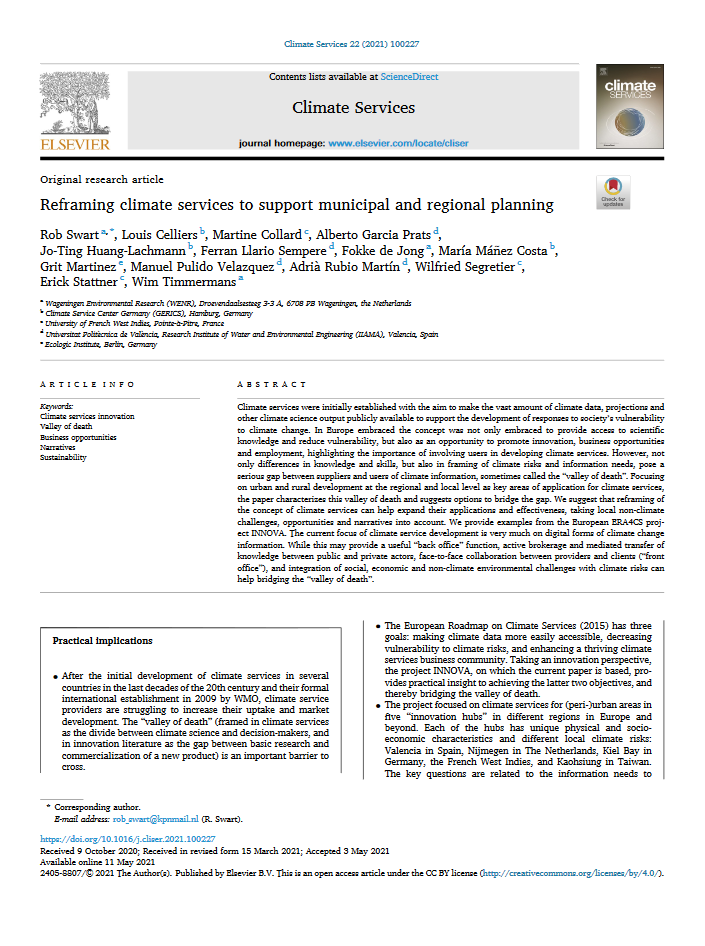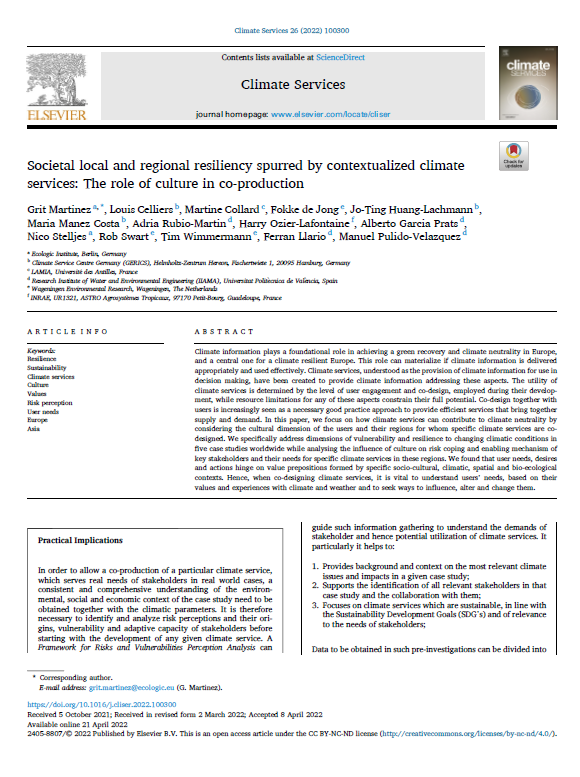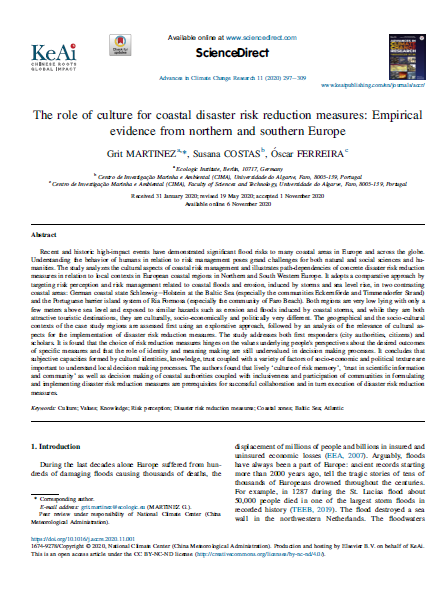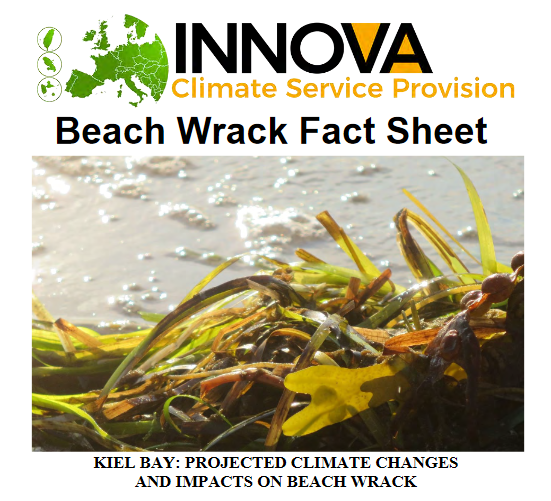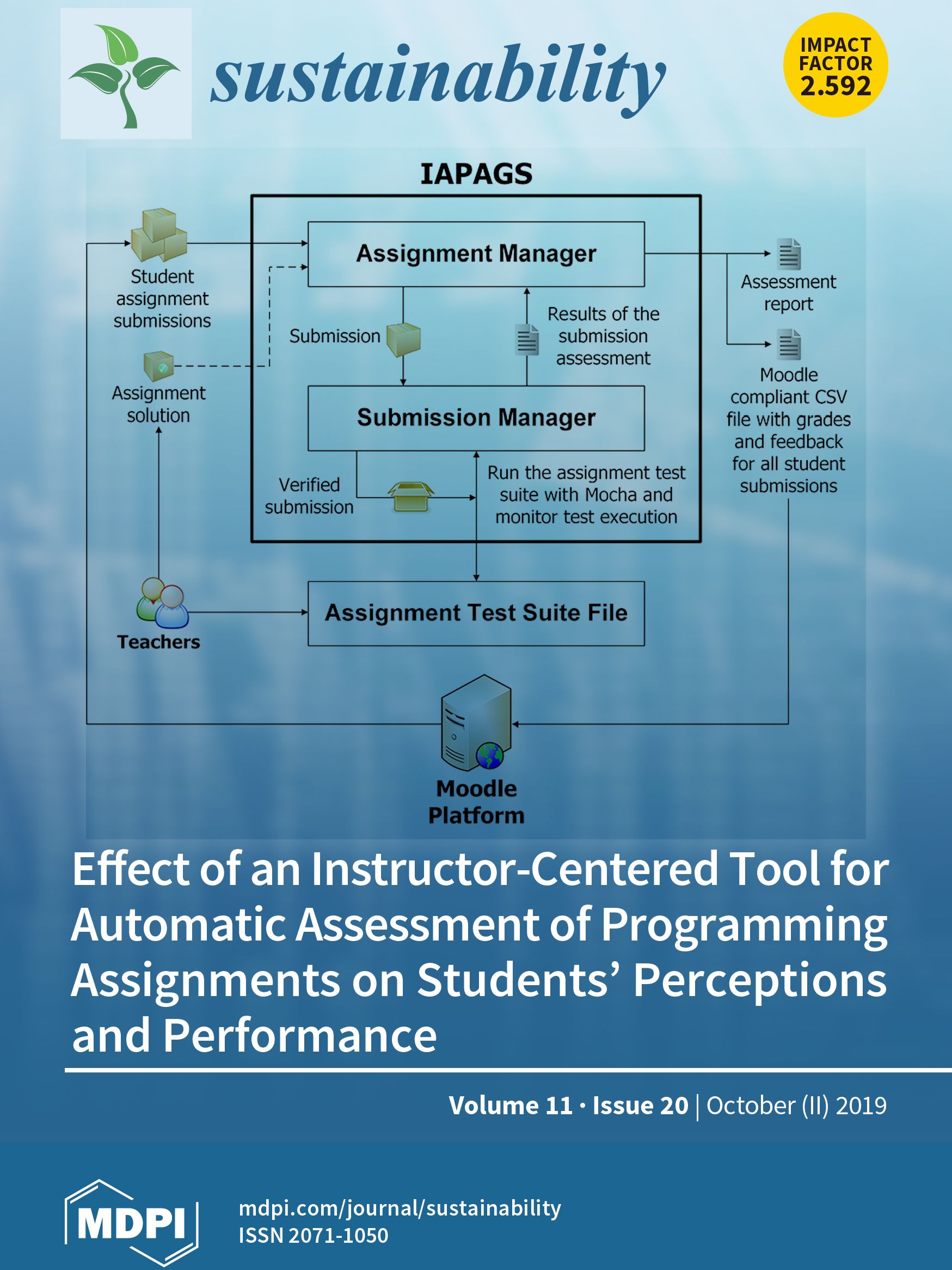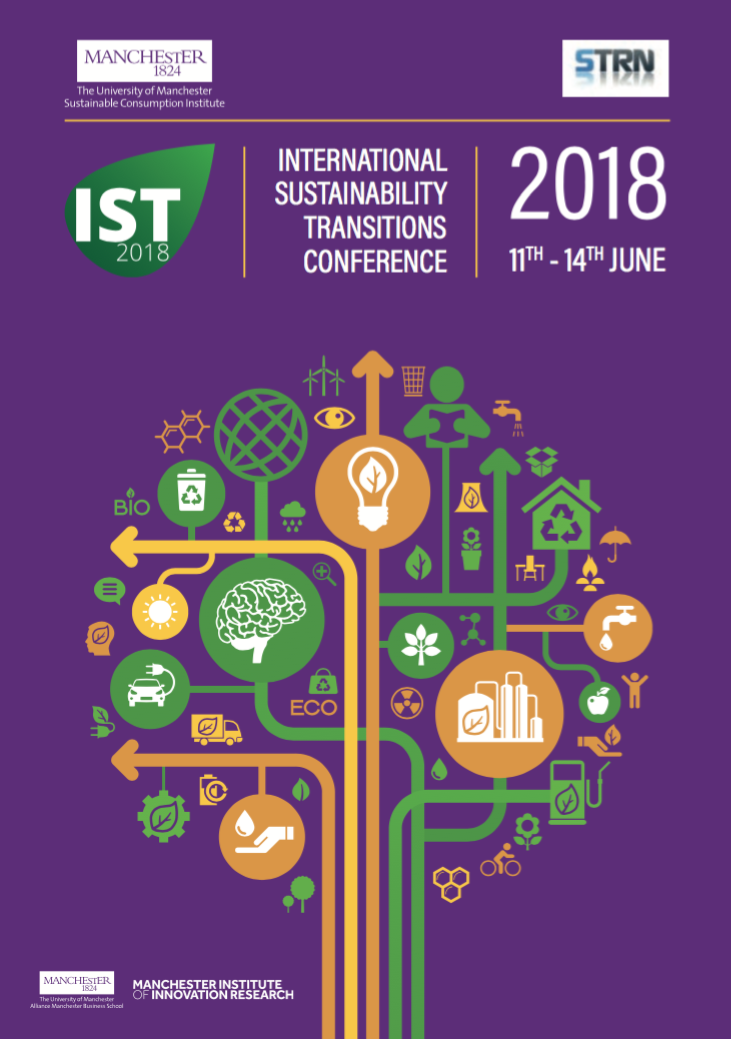Reframing Climate Services to Support Municipal and Regional Planning
- Publication
- Citation
Swart, Rob et al.: Reframing climate services to support municipal and regional planning, Climate Service (2021). https://doi.org/10.1016/j.cliser.2021.100227
Climate services were initially established with the aim to make the vast amount of climate data, projections and other climate science output publicly available to support the development of responses to society's vulnerability to climate change. In Europe embraced the concept was not only embraced to provide access to scientific knowledge and reduce vulnerability, but also as an opportunity to promote innovation, business opportunities and employment, highlighting the importance of involving users in developing climate services.
However, not only differences in knowledge and skills, but also in framing of climate risks and information needs, pose a serious gap between suppliers and users of climate information, sometimes called the "valley of death". Focusing on urban and rural development at the regional and local level as key areas of application for climate services, the paper characterizes this valley of death and suggests options to bridge the gap. The authors, among them Ecologic Institute's Dr. Grit Martinez, suggest that reframing of the concept of climate services can help expand their applications and effectiveness, taking local non-climate challenges, opportunities and narratives into account. They provide examples from the European ERA4CS project INNOVA. The current focus of climate service development is very much on digital forms of climate change information. While this may provide a useful "back office" function, active brokerage and mediated transfer of knowledge between public and private actors, face-to-face collaboration between providers and clients (“front office”), and integration of social, economic and non-climate environmental challenges with climate risks can help bridging the "valley of death".
